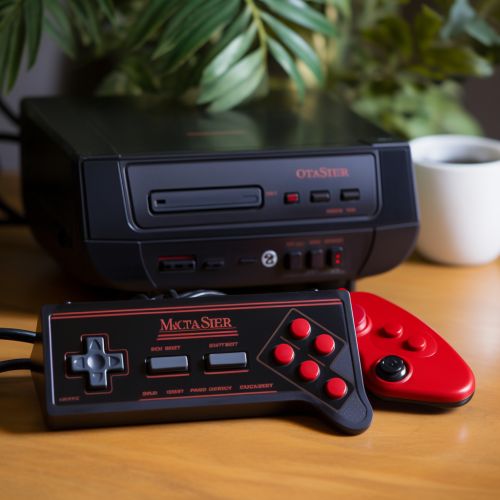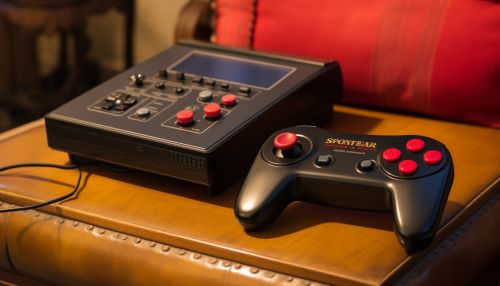Master System
History
The Master System is a third-generation 8-bit home video game console that was manufactured by Sega. It was originally released in 1985 as the Sega Mark III in Japan. After being redesigned and renamed, it was later released as the Master System in North America in 1986, followed by Europe and Brazil in 1987. The console was also released in South Korea, albeit under the name Gam*Boy, and later Aladdin Boy.


The Master System was developed as a competitor to the Nintendo Entertainment System (NES), which dominated the gaming market at the time. Despite its superior hardware, the Master System was not able to surpass the NES in North America, but it managed to gain significant market shares in Europe and Brazil.
Technical Specifications
The Master System is an 8-bit console, powered by a Zilog Z80A CPU. It has a clock speed of 4 MHz and 8 KB of RAM. The video processor is a Texas Instruments TMS9918, capable of displaying up to 32 colors at once from a palette of 64. The console's sound is produced by a SN76489 PSG, which can generate three square wave channels and one noise channel.
The Master System's cartridges, known as "Sega Cards", can hold up to 256 KB of game data. Later models of the console also included a slot for Sega Cards, which were smaller and cheaper than cartridges, but could only hold up to 32 KB of data.
Game Library
The Master System's game library is diverse, with over 300 titles released for the console. Some of the most popular games include Sonic the Hedgehog, Alex Kidd in Miracle World, and Phantasy Star. The console is also known for its number of high-quality ports of Sega's arcade games, such as Space Harrier and Out Run.
While the Master System's game library is not as large as that of the NES, it is generally considered to have a higher proportion of high-quality games. This is largely due to Sega's strong arcade presence at the time, which allowed them to bring many of their popular arcade titles to the console.
Legacy
Despite its lack of success in North America, the Master System has left a lasting legacy in the gaming industry. It was the first console to challenge Nintendo's dominance in the home video game market and laid the groundwork for Sega's more successful consoles, such as the Sega Genesis.
In addition, the Master System is notable for its success in Brazil, where it was marketed by Tectoy. The console has been continuously sold in Brazil since its initial launch, making it one of the longest-running consoles of all time.
